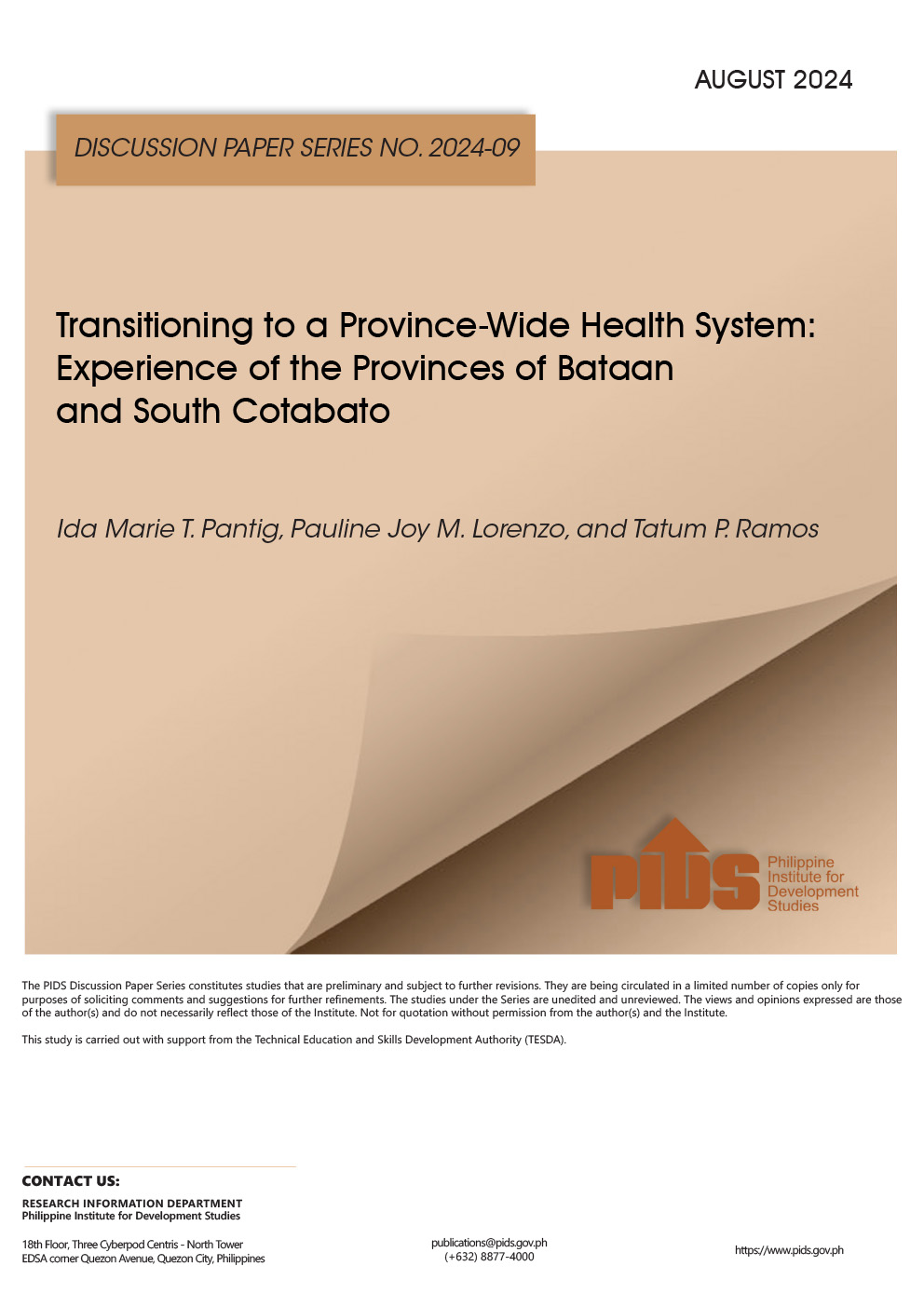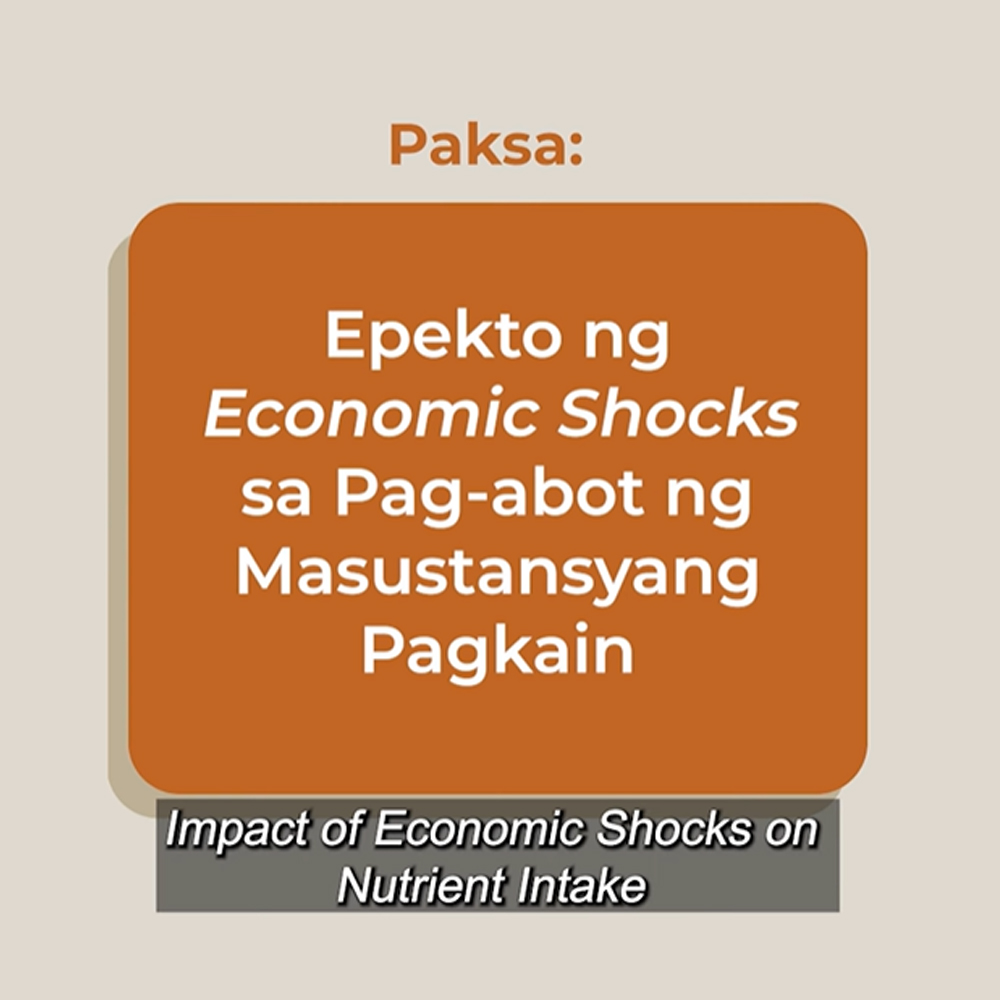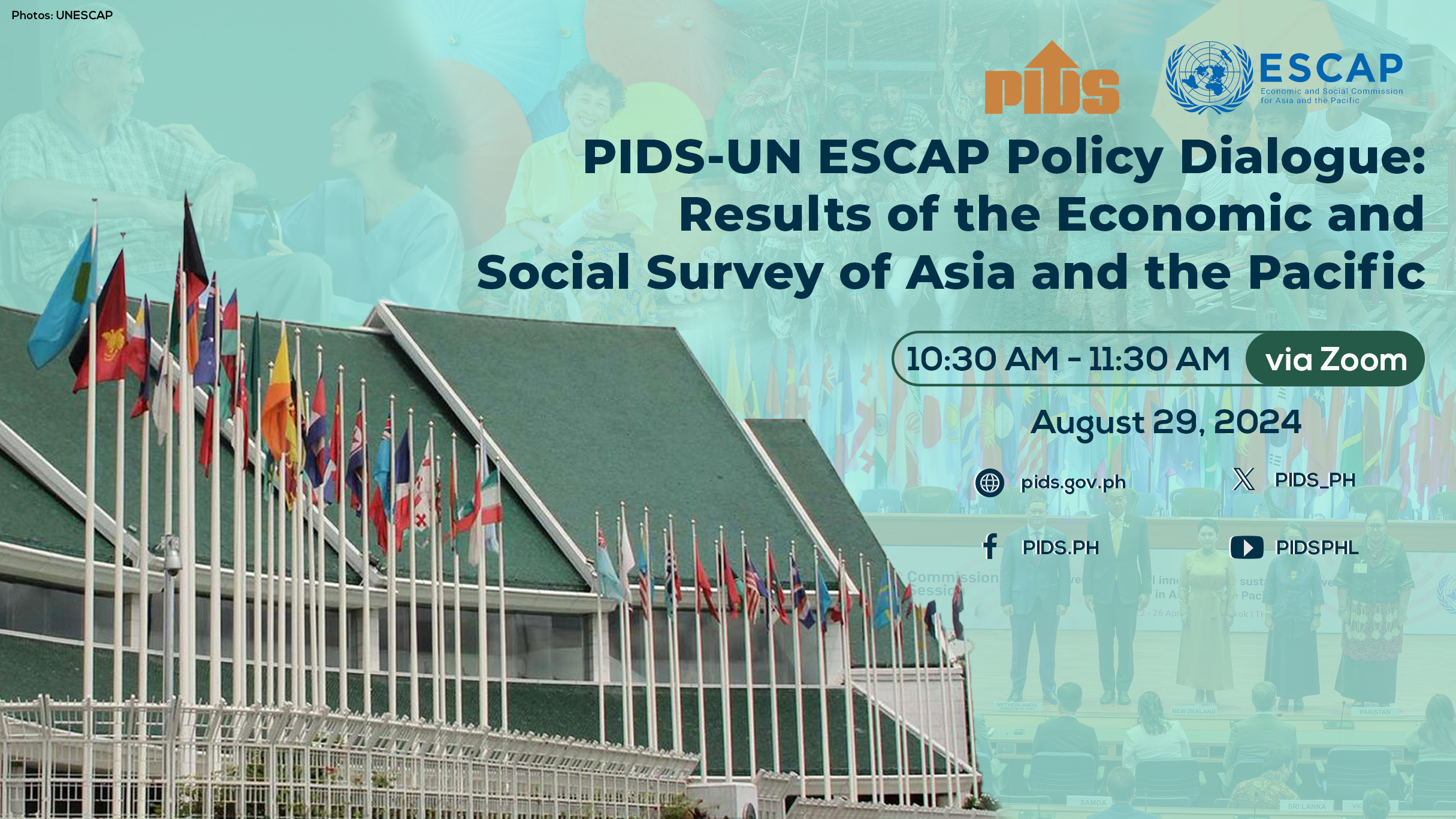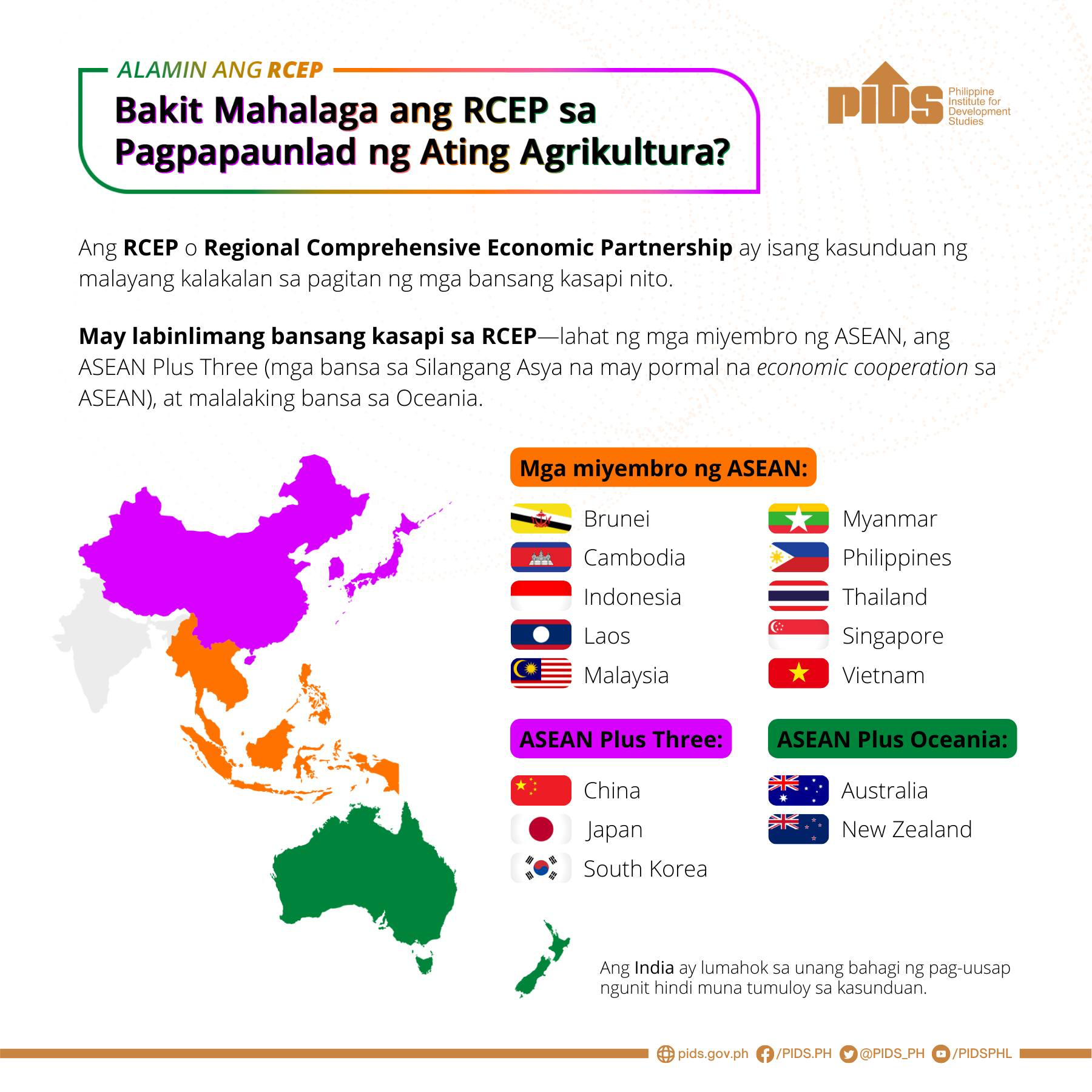BICOLANO lawmakers yesterday filed a bill proposing a P1.5-trillion three-year economic stimulus program that President Marcos may implement in the first half of his term to create millions of sustainable jobs to accelerate the country’s recovery from the global crisis caused by the coronavirus disease (COVID-19) pandemic and the Russia-Ukraine conflict.
Camarines Sur Rep. Luis Raymond Villafuerte, one of the authors of House Bill (HB) No. 271 or the proposed National Economic Stimulus and Recovery Act of 2022, said the measure was filed in support of Marcos’ “comprehensive all-inclusive plan for economic transformation,” which he stated in his inaugural speech, and his commitment to continue the infrastructure program of the Duterte administration.
The other authors of HB 271 are Villafuerte’s son Rep. Miguel Luis Villafuerte and Rep. Tsuyoshi Anthony Horibata, who both represent Camarines Sur, and Bicol Saro party-list Rep. Nicolas Enciso VIII.
The elder Villafuerte said he and the other authors of the bill took their cue from incoming Speaker Ferdinand Martin Romualdez, who has earlier said that the incoming 19th Congress will prioritize a Bayan Bangon Muli (BBM) bill patterned after the Bayanihan to Heal as One (Bayanihan 1) and Bayanihan to Recover as One (Bayanihan 2) laws that were passed swiftly in 2020 in response to the COVID-19 pandemic.
Villafuerte said the proposed P1.5-trillion stimulus package will allow the President to sustain the unmatched high spending on infrastructure development initiated by his predecessor, “but this time, such investments will be focused on building and improving facilities for HEAL IT, which stands for Health, Education, Agriculture, Livelihood, Information Technology (IT) and Tourism.”
H.B. 271 seeks the creation of a special fund to be known as the National Economic Stimulus and Recovery Fund (Recovery Fund) that shall be disbursed primarily for the implementation of infrastructure projects across six priority areas under HEAL IT.
The recovery fund’s budget for approved projects shall be automatically released to the implementing unit to facilitate the start-up and completion of projects and remove existing regulations and issuances that would impede the same.
“Anchored on the premise that the poor are provided employment and income-earning opportunities, this measure will prioritize the funding of projects that target infrastructure building down to the barangay level,” the bill said.
The infrastructure projects shall be undertaken in conjunction with the “Balik Probinsiya” program which, Villafuerte said, was designed to stimulate growth in the countryside through rural infrastructure investments that create plenty of jobs, and to ease urban congestion by encouraging jobseekers to stay in their localities and for workers in urban areas or overseas to return home and work in their provinces.
“Infrastructure shall be the backbone of our economy following the insight of almost all respected economists and recognized policymakers. Therefore, although palliative measures such as cash transfers, unemployment dole-outs, relief, and other forms of immediate amelioration support are undoubtedly necessary now, it is in the interest of the government, the private sector, and the Filipino people at large that a lasting cure for economic resilience be established,” the authors said.
Of the proposed P1.5-trillion appropriation for the three-year Recovery Fund, P500 billion shall be released on the first year upon the measure’s approval, another P500 billion on the second year, and P500 billion more on the third and final year.
After three years, Congress shall enact a new legislation extending or modifying the same or terminating the Fund. In the latter case, the unobligated balance shall be made available for the general budgetary requirements of the year succeeding its termination.
H.B. 271 also proposes the establishment of an “executive cluster committee” to formulate the guidelines in the recovery fund’s use and that will have the presidential adviser for flagship programs as chairperson, the secretaries of Public Works and of Finance as co-vice chairpersons, and the director-general of the National Economic and Development Authority (NEDA) as secretariat head.
The bill’s authors said this economic stimulus plan is similar to pandemic recovery packages rolled out by other countries like the United States (US), member-states of the European Union (EU), South Korea and Thailand.
In the US, for example, they said the Civilian Conservation Corps (CCC) established by the US Congress on March 31, 1933, provided jobs for millions of unemployed people during the Great Depression. Working in forest management, flood control, and conservation projects, development of state and national parks, forests, and historic sites, the hired men and women of the CCC were paid $30 a month and were required to “remit” a substantial part of their earnings to their homes and families to stimulate local demand and consumption.
In contemporary times, they said, the global recession of the late 2000s arising from the US subprime mortgage crisis prompted the American Congress to pass the American Recovery and Reinvestment Act (ARRA) on massive infrastructure investments that contributed substantially to real gross domestic product (GDP) growth and arrested the monthly loss of nearly 700,000 jobs.
The bill’s authors said that with the country’s growth rate falling to -9.5 percent in 2020 and 5.6 percent in 2021, the recovery of the domestic economy will ride on the back of sustained government spending across all sectors with a focus on new private and public infrastructure works that will be propelled by the Marcos administration with the BBM flagship program.
Citing a Philippine Institute for Development Studies (PIDS) report, the authors of HB 271 said the weaker global and domestic demand during the pandemic had cost our economy between P276.3 billion under best-case scenarios and P2.5 trillion under worst-case scenarios, with the transport, storage, communication, services, tourism and wholesale and retail trade sectors absorbing substantial losses.
As per Philippine Constructors Association (PCA) data, around 1.3 million construction workers were displaced because of the pandemic-related lockdowns, and many of these workers have gone back to their provinces with no stable jobs and sources of livelihood, they said.
In addition to these locally displaced workers, they noted that the Department of Foreign Affairs (DFA) had reported that at least 19,466 overseas Filipino workers (OFWs) have returned to the Philippines with at least 200,000 more having decided to come home because of the pandemic.












